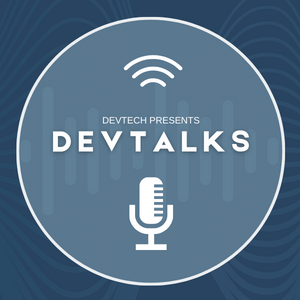In order for Learning & Knowledge Management to be an effective activity, it is crucial that everyone who participated to some extent in the project’s execution is subsequently involved in communicating the outcomes, success stories, achievements, and improvement opportunities to the different audiences.
In recent years, the concept of Learning & Knowledge Management has become very popular in organizations, especially within the international development field. However, this trend extends beyond learning about project outcomes and it encompasses more than the process of one person reporting and analyzing the results of a project.
In order for Learning & Knowledge Management to be an effective activity, it is crucial that everyone who participated to some extent in the project’s execution is subsequently involved in communicating the outcomes, success stories, achievements, and improvement opportunities to the different audiences. It should not be limited to one on one interactions or any other limited structure like the Shannon-Weaver Model of Communication, developed in 1949, which simplified the channel of communication into a one-way process from sender to receiver.
Learning & Knowledge Management objectives can be achieved if the learning process is executed as a group activity where different points of view are shared between those who worked on a project and the audience so that different ideas and opinions are fully exchanged. The end result of this dialogue should be the development of better practices for the future, whether in international development or any other field.
For many, Learning & Knowledge Management is limited to gathering information and presenting it in reports, which many people do not read, and worst of all, it is not taken into consideration for future proposals and projects. It is important that this concept becomes more than just a title and that it transforms into a useful and beneficial practice for the benefit of all.
An inclusive communications strategy should be developed for this concept to work to its fullest potential. The idea is to make key actors in a specific industry or topic more involved and informed on the outcomes of a project. As a result of this practice, both sides participate and become agents of change when working on future projects.
There is no formula for this process, but there are good practices that can be mimicked to lead Learning & Knowledge Management teams. The goal is that everyone can comfortably manage information and trace a route to communicate in an effective way. The mission of this effort is to engage more with the public interested in the topic. A key concept in Learning & Knowledge Management is accountability. This term is very important when working on collaborative projects.
Accountability is defined as the process of sharing the knowledge acquired from a specific project in a transparent manner. Part of this transparency includes sharing with the public information about the entities that donated funds to make the project possible and how those funds were invested. By adding accountability to the Leaning & Knowledge Management process, you complete the cycle of information management.







